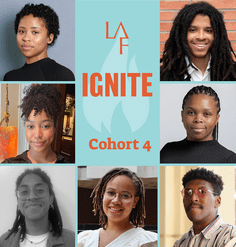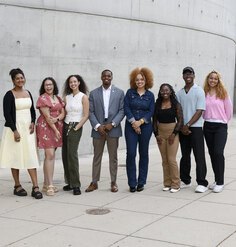Heavy Metals in San Francisco Vegetable Gardens
By Jennifer Gorospe, 2010 Douglas Dockery Thomas Fellowship winner
The summer of 2010 is one I will never forget — I visited 100 San Francisco vegetable gardens. There were community gardens with multi-million dollar views and an amazing assortment of backyard gardens. Some featured ponds, rainwater catchment, and greywater systems. Many incorporated terraces to take advantage of SF’s steep hillsides, with several “backyard” gardens actually on porches, patios and outdoor stairwells. Some gardens had bee hives or chickens, while others made creative use of whatever resources they had, including neighbor’s yards and broken Ikea furniture as planters. What they all had in common, though, were gardeners eager to know how safe it was to eat items grown there.
With support from the GCA/Douglas Dockery Thomas Fellowship in Garden History and Design and the California EPA’s Environmental Justice Small Grants program, I tested 100 vegetable gardens in San Francisco for 16 different heavy metals, including lead, cadmium, and arsenic. Some of the findings were not a surprise (raised bed gardens tend to have less metal than in-ground gardens), but from an Environmental Justice standpoint, I was surprised to find that high levels of lead are more often found in predominately White neighborhoods.
The Asian and African American neighborhoods studied had the lowest median metal concentrations even though these areas include an active Superfund site, a California Department of Toxic Substances Control remediation cleanup, plus other known and suspected pollution sources. Also of note was that neighborhoods with older homes (like San Francisco’s famous Victorians) showed higher amounts of lead than areas with newer homes, pointing to a relationship between lead-based paint and garden soil lead concentrations.
Most gardeners I encountered through this project did not know how to get their soil tested nor how to determine whether it is safe. I was not able to say what is definitely safe and what is not because in researching the current guidelines for “safe levels” of heavy metals in soil (for residential areas, brownfields, and gardens), I found the information to be inconsistent, not easily accessible, and confusing to interpret. I believe that the EPA should consider updating its garden soil guidelines to reflect levels published by other agencies and utilize public health agencies to engage gardeners in a dialog about heavy metals and safe gardening practices.
Besides providing free soil testing to local gardeners, I wanted my project to engage the gardening community. To this end, I hosted community meetings, created educational pamphlets, and launched a website, all aimed at helping gardeners eat as safely as possible from their gardens. The website includes the pamphlets, results from the soil testing, and a list of published “safe levels”. It can be accessed at https://sites.google.com/site/healthygardeners.
Jennifer is a Master’s degree candidate in Environmental Studies at San José State University, where she works as a Project Coordinator for the Office of Sustainability.










